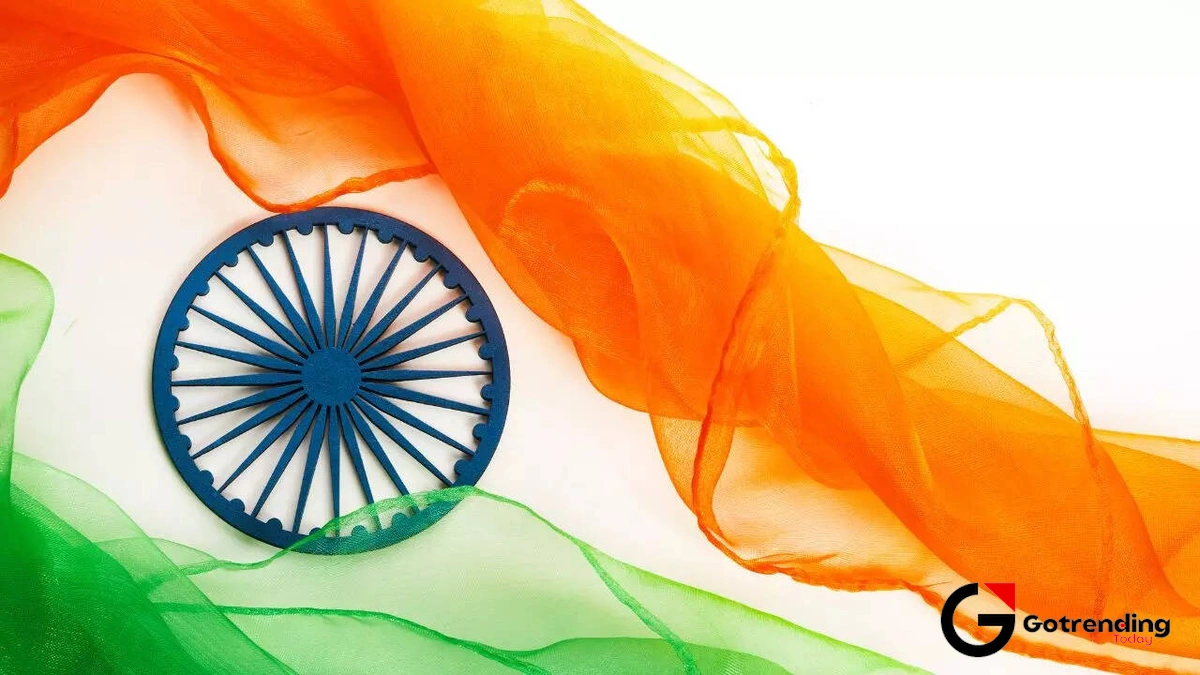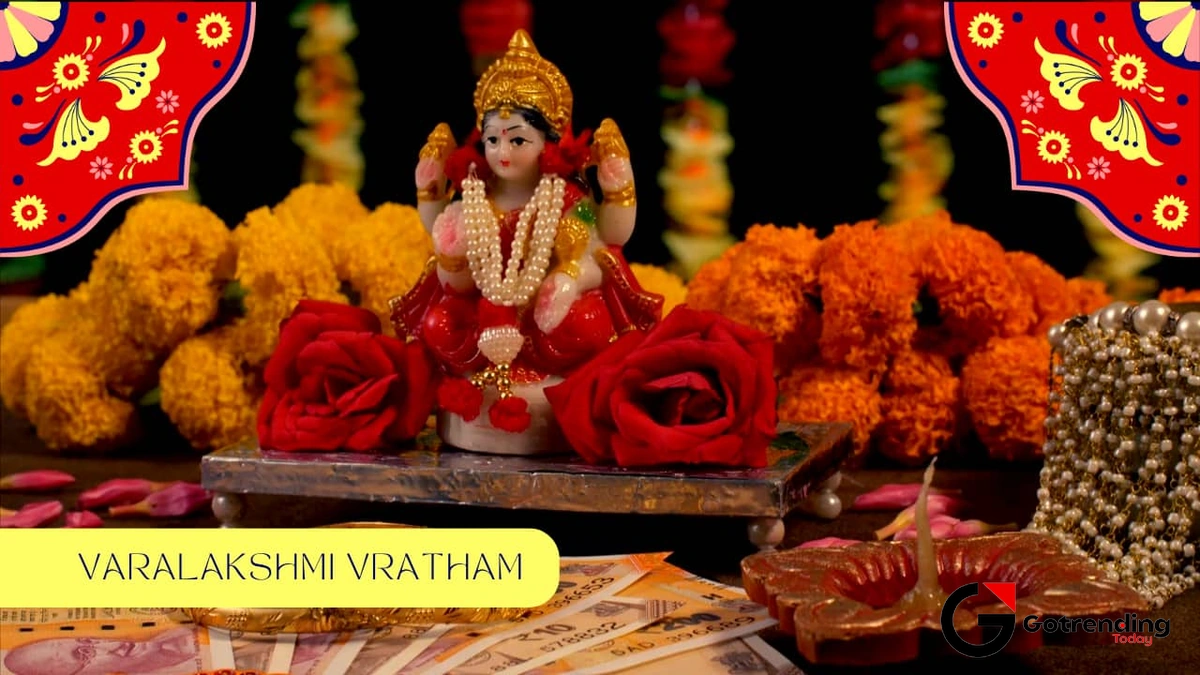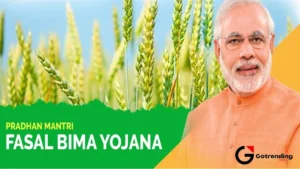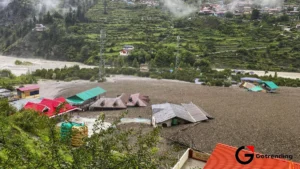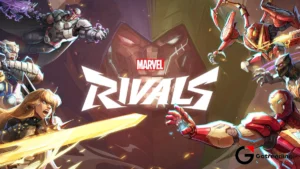More Than a Holiday | Why Independence Day Still Gives Us Goosebumps (And What It Really Means Today)
Let’s be honest. There’s something different about August 15th. It’s not just another public holiday marked in red on the calendar, sandwiched between deadlines and life’s general chaos. There’s a certain feeling in the air, isn’t there? You can almost taste it. It’s in the sight of those small, paper flags fluttering on car dashboards, the sound of patriotic songs drifting from a neighbourhood function, and the sudden, vibrant splash of the tricolour everywhere you look.
But why? Why does this one day, after more than 75 years, still manage to stir something deep within us? We weren’t there. We didn’t live through the struggle. For many of us, it’s a story from history books, a grainy black-and-white reel. So, what is it about Independence Day that transcends generations and still feels so deeply personal?
I think it’s because we aren’t just celebrating a date. We’re not just remembering the moment the Union Jack was lowered and the Tiranga was raised. We are, in our own modern way, reconnecting with an idea. An idea so powerful it moved millions the radical, audacious, and beautiful idea of a free India. And that idea, my friend, is far from being a closed chapter in a history book. It’s a story we are still writing, every single day.
Beyond the Parade | What Are We Really Celebrating?
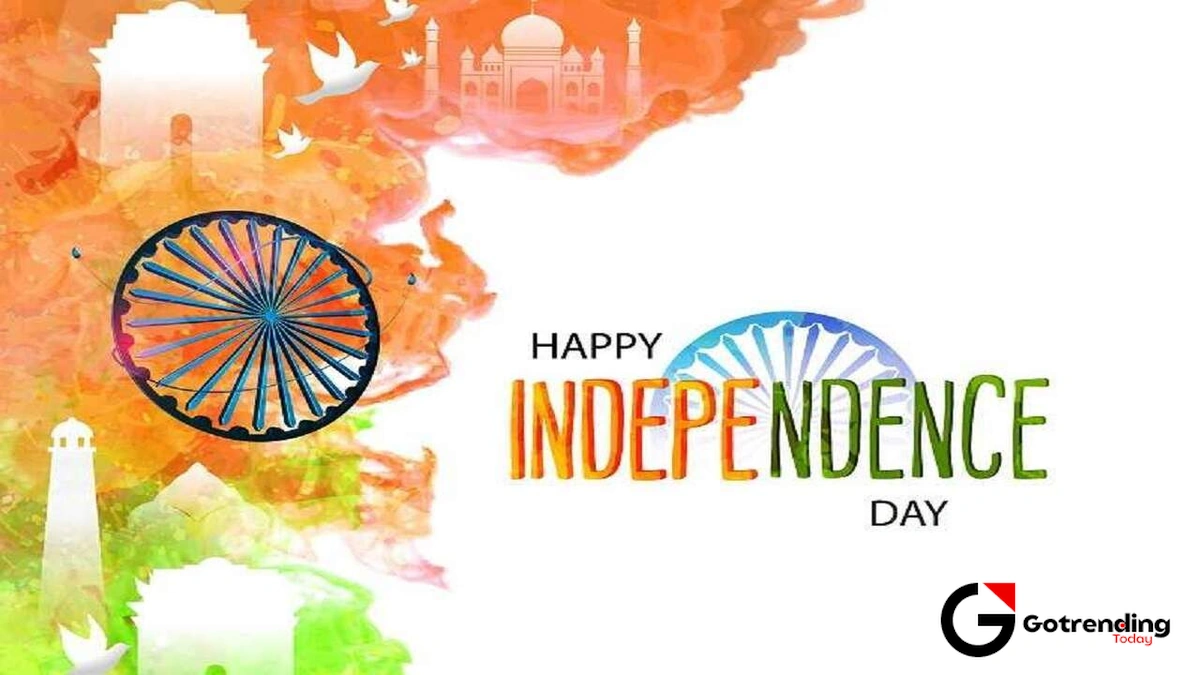
For most of my school life, Independence Day was a delightful routine. Waking up early (grudgingly), putting on a freshly-ironed white uniform, and heading to school for the flag-hoisting ceremony, followed by those impossibly sweet motichoor laddoos. It was a ritual. A cherished one, but a ritual nonetheless.
As we get older, it’s easy to let the day become just that a comfortable tradition. We watch the Red Fort parade on TV, forward a few patriotic WhatsApp messages, and maybe feel a swell of pride. But what if we pushed past the ceremony for a moment? What’s at the core?
What we’re celebrating is the culmination of countless acts of courage. We celebrate the lawyer who gave up his practice, the poet who wrote verses that became weapons, the farmer who joined a protest march, and the woman who silently ran an underground radio station. We’re celebrating the sheer, stubborn hope of millions who dared to dream of self-rule. That’s the real spectacle. The importance of independence day isn’t just in the political transfer of power; it’s in the transfer of destiny into our own hands.
It’s the day the world was told, unequivocally, that India would chart its own course. It’s the promise of Nehru’s iconic“Tryst with Destiny”speech a promise made not just to the people of 1947, but to you and me. A promise of work, of justice, of ending poverty and ignorance. And that promise is a living, breathing thing that needs to be renewed by every generation.
The ‘Other’ Independence Stories We Never Tell
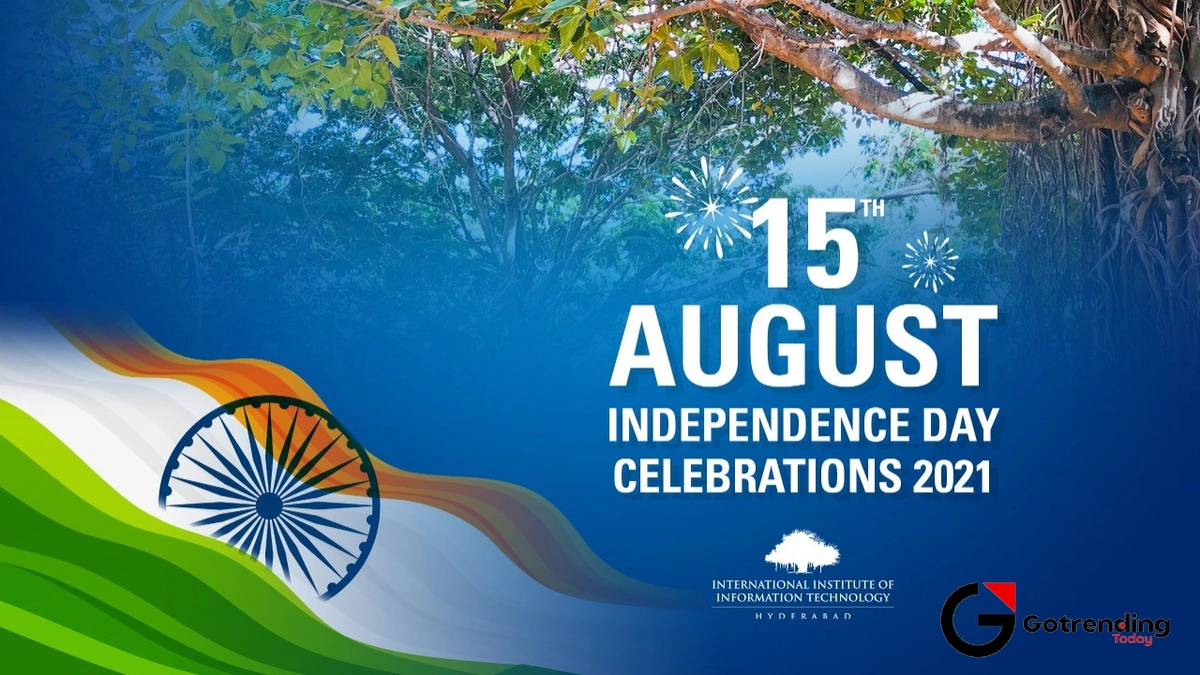
Here’s something that fascinates me. Our narrative of freedom is often streamlined. We know the big names, the titans of the movement, and their stories are, of course, foundational. But the fight for India’s soul was not a monolithic movement led by a handful of men. It was a chaotic, sprawling, and incredibly diverse tapestry woven with thousands of threads.
And so many of those threads belong to the forgotten freedom fighters of india . Have we heard enough about Matangini Hazra, the 73-year-old woman who led a procession in Tamluk, holding the flag high even after being shot? Or about Kanaiyalal Maneklal Munshi, the literary giant and statesman who played a crucial role in integrating the princely states? What about the tribal movements, the peasant revolts, and the contributions of artists and writers who kept the flame of identity burning?
Let’s be real, the story of independence isn’t a simple fairytale with a happy ending. It came with the unimaginable trauma of Partition a deep, violent wound that still aches in the memory of the subcontinent. Acknowledging this pain doesn’t diminish the joy of freedom; it makes our understanding of it more honest and complete. It reminds us that freedom is precious, but often comes at a staggering cost. It’s a bit like a family inheritance; you get the beautiful house, but you also get the complicated history and the leaky roof that needs fixing. The legacy is ours to carry, warts and all. Sometimes, it’s not just a celebration, it’s a remembrance, much like the quiet reflection seen during Happy Raksha Bandhan , a day of bonds and history.
Freedom in 2024 | A New Tryst with Destiny?
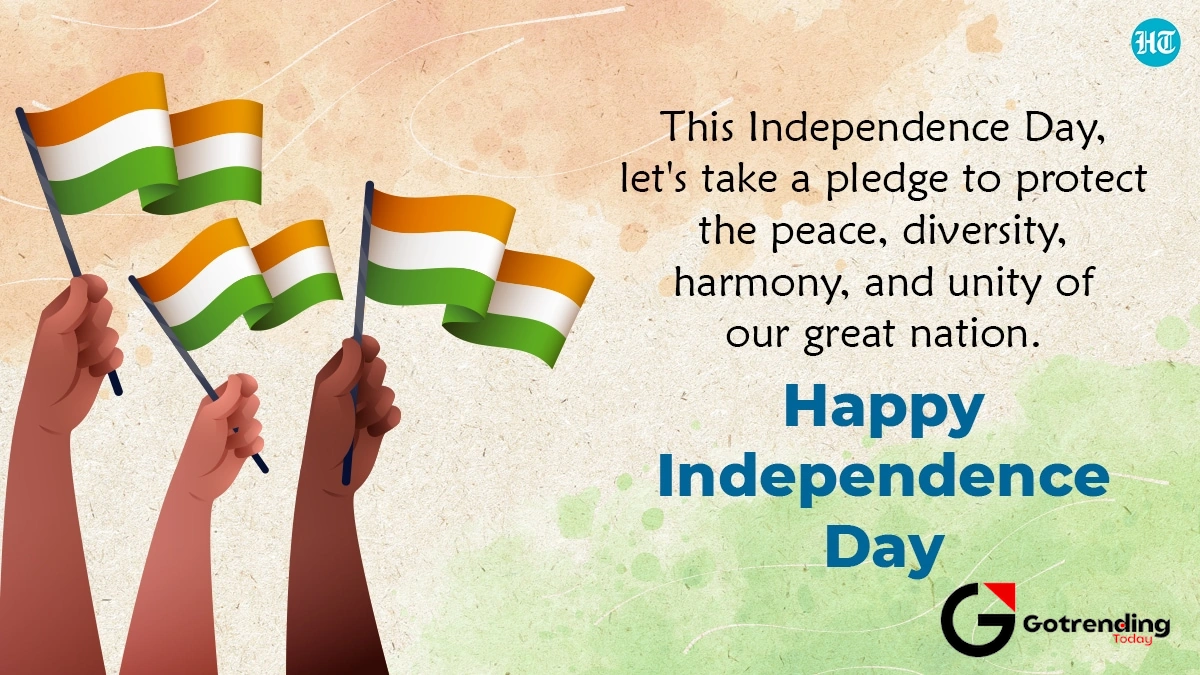
So, what does all this history mean for us, right now, as we scroll through our phones in a bustling metro or work late on a startup idea? What is the true meaning of freedom today? I’d argue it has evolved. The fight has changed its form.
The ‘Tryst with Destiny’ for our generation is happening on different battlegrounds:
- Economic Freedom: It’s the freedom for a young woman from a small town to launch a global e-commerce brand from her bedroom. It’s the freedom for a farmer to access fair prices through a digital marketplace. It’s the struggle against economic inequality, the fight for a chance to build a better life.
- Digital Freedom: It’s the freedom to express your opinion, to learn any skill on the internet, to connect with the world. But it also comes with the new-age challenges of misinformation, data privacy, and the responsibility to create a safe and inclusive online space.
- Intellectual Freedom: It’s the freedom to question, to debate, to disagree, and to innovate. It’s the freedom to choose your own path, even if it’s unconventional. This is the bedrock of a thriving, modern independence day india.
Every time an Indian scientist makes a breakthrough, an athlete stands on a global podium, or an artist challenges our perspective, they are adding a new sentence to the story of our independence. They are proving that the struggle of 1947 wasn’t just for political autonomy, but for the unfurling of human potential on a scale the world had never seen.
So, How Do We Keep the ‘Independence’ in Independence Day?
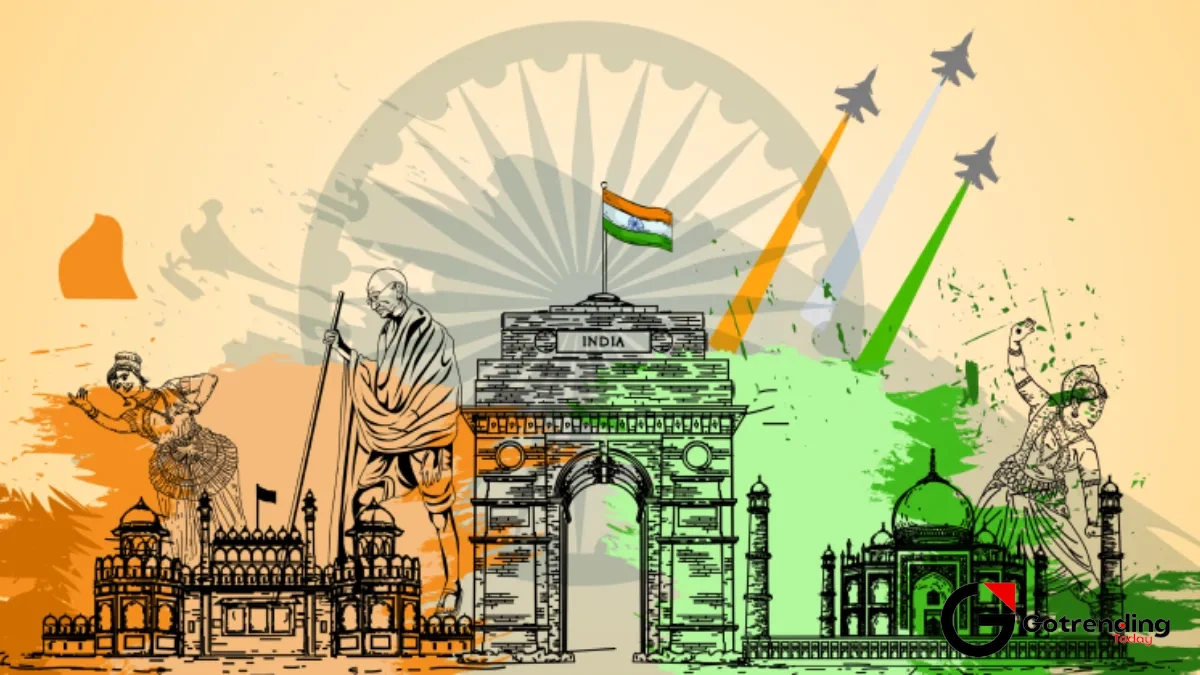
This isn’t about grand gestures. You don’t need to be a politician or a soldier to honour the spirit of the day. Maybe the most powerful celebration is a personal one. The government’s Har Ghar Tiranga initiative is a beautiful symbol of this making the national flag a personal statement of pride and belonging.
But we can go deeper. It can be as simple as taking five minutes to read about one of those lesser-known freedom fighters. Or having a real conversation with our kids about why this day matters beyond the holiday. Perhaps it’s about exercising our freedom responsibly by voting, by supporting a local business, by engaging in respectful debate, or by simply being a little more compassionate to the diverse tapestry of people we share this incredible nation with. Each of these acts is a quiet nod to the past and a solid investment in the future.
It’s about understanding that freedom isn’t a trophy sitting on a shelf, gathering dust. It’s a plant. It needs to be watered, nurtured, and protected by each one of us. It needs sunlight and air, and sometimes, it needs us to prune the parts that are no longer healthy. Like understanding that true wealth isn’t just material, a lesson beautifully taught by Varalakshmi Vratam , true freedom is about more than just a flag it’s about the values it represents.
The goosebumps we feel on 15 august independence day aren’t just for an event that happened decades ago. They are for the powerful, electrifying, and ongoing story of India. A story that is chaotic, challenging, and beautiful. And the best part? We all get to write the next page.
FAQs about Independence Day
Why do we celebrate Independence Day on August 15th?
This date was chosen by the last Viceroy of India, Lord Mountbatten. It coincided with the second anniversary of Japan’s surrender to the Allied Forces in World War II. The Indian Independence Act 1947 was officially passed, and power was transferred on this day, marking the birth of a free India.
What is the difference between Independence Day and Republic Day?
It’s a common point of confusion! Independence Day (August 15th) celebrates the country’s freedom from British rule in 1947. Republic Day (January 26th) marks the day the Constitution of India came into effect in 1950, officially making India a sovereign, socialist, secular, and democratic republic.
Who were some of the lesser-known freedom fighters?
Beyond the famous names, countless individuals contributed. Figures like Begum Hazrat Mahal of Awadh, who challenged the British during the 1857 revolt; Tirupur Kumaran, who died holding the Indian flag; and Surya Sen, a teacher who led the Chittagong armoury raid, are just a few examples of heroes whose stories deserve to be told.
What is the ‘Har Ghar Tiranga’ campaign?
It’s a government initiative encouraging people to hoist the national flag at their homes to mark Independence Day. The idea is to deepen the personal connection with the Tiranga and invoke a feeling of patriotism and national pride among citizens. According to the officialAzadi Ka Amrit Mahotsavwebsite, it aims to make the relationship with the flag more personal than formal.
How can I explain the importance of this day to my kids?
Keep it simple and relatable. Instead of just dates and facts, tell them stories of bravery. Talk about freedom as the ability to choose what they want to be when they grow up, to speak their minds, and to live without fear. You can watch animated videos about freedom fighters or even make a tricolour craft together to make it engaging.
